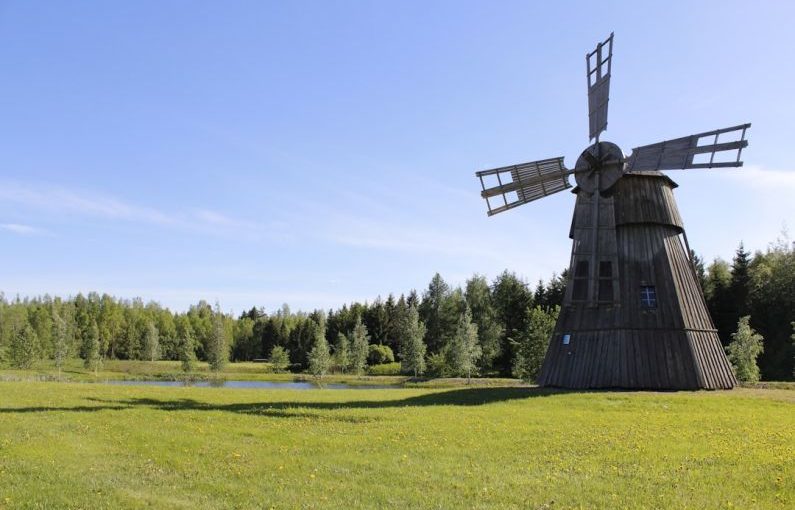The Art of Traditional Sugarmaking Techniques in Culture
Sugarmaking is a practice deeply rooted in various cultures around the world, with each region having its unique methods and traditions. From tapping maple trees in North America to extracting sap from palm trees in Southeast Asia, the art of sugarmaking has been passed down through generations, preserving not only the technique but also the cultural significance behind the process.
Preservation of Ancient Knowledge
The traditional sugarmaking techniques have been preserved over centuries, with communities passing down the knowledge from one generation to the next. These techniques are often closely tied to cultural practices and rituals, making sugarmaking more than just a method of extracting sweetness from nature. In many cultures, sugarmaking is considered a sacred act, and each step of the process is imbued with meaning and symbolism.
Connection to Nature
One of the most fascinating aspects of traditional sugarmaking techniques is the deep connection to nature that is inherent in the process. Whether it involves tapping trees for sap or collecting nectar from flowers, sugarmaking requires an intimate understanding of the natural world and its rhythms. Many traditional sugarmaking practices are closely tied to seasonal changes, with specific times of the year designated for the collection of sap or nectar.
Cultural Significance
In many cultures, sugarmaking is not just a practical skill but a symbol of community and unity. The act of gathering together to collect sap or process sugar is often accompanied by music, dance, and storytelling, creating a sense of shared purpose and celebration. Additionally, the products of sugarmaking, such as maple syrup or palm sugar, hold cultural significance and are often used in traditional ceremonies and feasts.
Innovation and Adaptation
While traditional sugarmaking techniques have been preserved for generations, they have also evolved over time to meet the changing needs of communities. Innovations in tools and methods have allowed sugarmakers to increase efficiency and yield without compromising the integrity of the process. For example, modern sugarmakers may use vacuum systems to extract sap more quickly or evaporators to reduce cooking time.
Celebration of Diversity
The diversity of traditional sugarmaking techniques around the world is a testament to the richness of human culture and ingenuity. From the intricate process of making Japanese amazake to the labor-intensive production of Indian jaggery, each culture brings its unique flavor and flair to sugarmaking. By celebrating this diversity, we not only honor the traditions of the past but also ensure that these practices continue to thrive in the future.
Embracing Sustainability
In recent years, there has been a growing interest in traditional sugarmaking techniques as a sustainable alternative to industrial sugar production. By using simple tools and natural processes, traditional sugarmakers can minimize their impact on the environment and create products that are both delicious and eco-friendly. Additionally, the practice of sugarmaking often promotes biodiversity and supports local ecosystems, making it a valuable tool for conservation.
Preserving Cultural Heritage
As the world becomes increasingly interconnected, there is a risk that traditional sugarmaking techniques may be lost or forgotten. By documenting and sharing these practices, we can ensure that they continue to be passed down to future generations. Preserving cultural heritage is not just about safeguarding the past; it is also about fostering a sense of identity and pride in our shared history.
In conclusion, traditional sugarmaking techniques are more than just methods of extracting sweetness from nature; they are a reflection of the cultural diversity and ingenuity of communities around the world. By embracing and preserving these practices, we can celebrate our shared heritage and ensure that the art of sugarmaking continues to thrive for generations to come.





